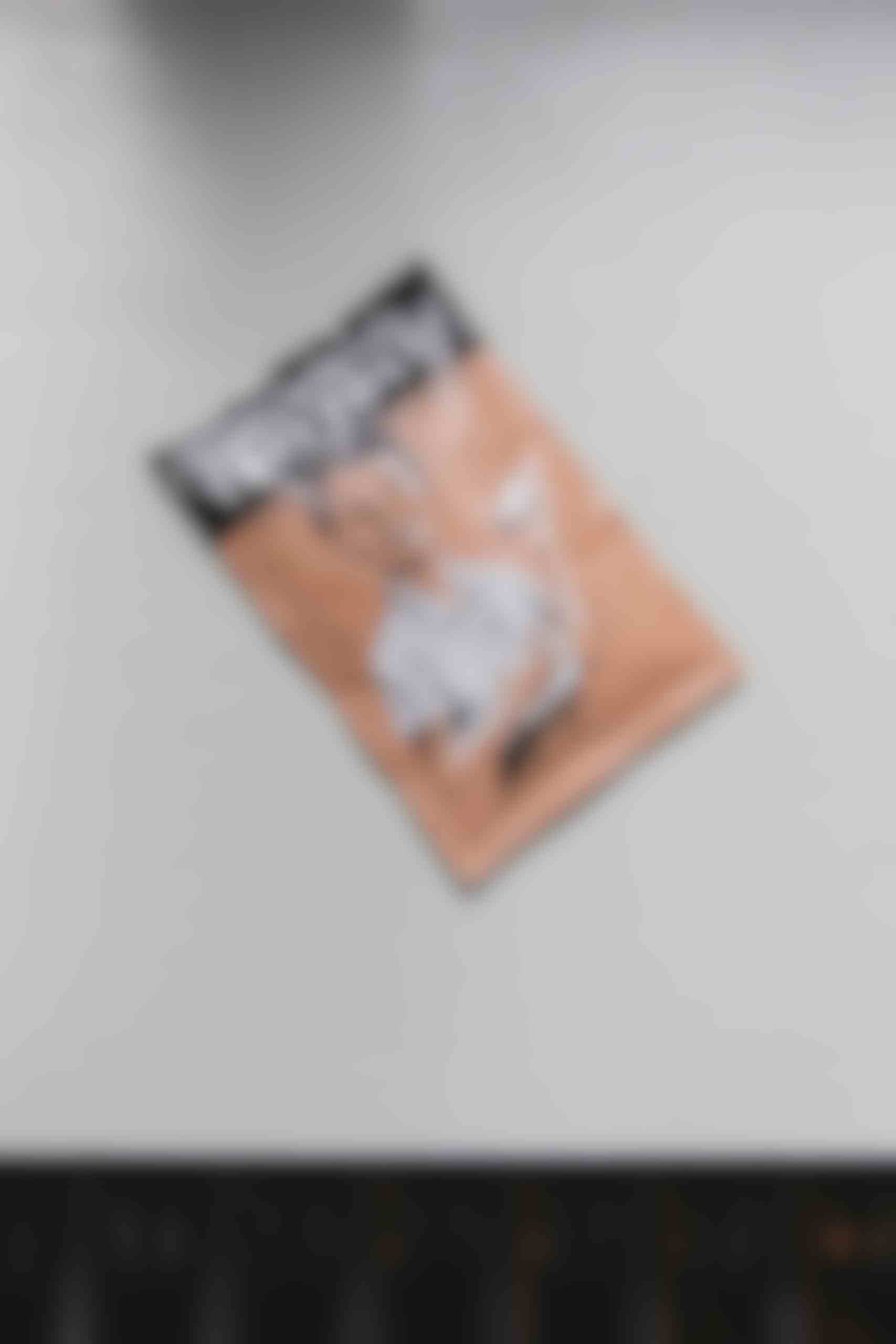Spices used to be expensive – very expensive! So much so that you would only be able to buy them in tiny sachets at the pharmacy. This was also the case with sugar – before sugar beet was discovered and promoted, and this once valuable commodity became the cheapest of mass products. The local Swiss name “Magenträs”, which is still common even today, alludes to the fact that these spiced sugar blends were once considered remedies. If it’s good for your stomach, it can’t be bad for you! The pharmacists of the day were of the same opinion and their spiced sugar, which could only be afforded by the well-to-do, had them laughing all the way to the bank. This is why it was still known as “Apothekerschleck” (pharmacy candy) in Basel dialect as late as the 18th century. These traditional ground spice blends became popular in the Alps in the 16th century and appeared in German-speaking Switzerland as “Trietpulver”, “Träsentpulver” and “Träspulver” – almost every village pharmacy had its own recipe. They were developed at a time when spices and herbs were fluctuating more and more between remedies and treats, and for centuries were therefore only offered by healers. Magenträs from the Landolt Hauser spice mill in the Swiss canton of Glarus is one of the few historic blends that is still sold and used frequently at a regional level today. Occasionally, however, you will also find it in Glarus farm shops or at the canton’s weekly markets. It is often used as a sweet seasoning on buttered bread. It’s relatively easy to make and you’ll find recipes in many old cookery and confectionery books. Depending on personal preference, you can mix cinnamon, nutmeg, cloves, vanilla sugar, ginger and sugar together, and then colour the entire mixture with a little ground sandalwood. My favourite recipe made with Magenträs is the Christmas soup from Hildisrieden chef Werner Tobler. A creamy leek soup finished off at the very end with croutons fried in butter and then tossed in the spiced sugar. While many bakers in Glarus and Uri use Magenträs to season their Carnival doughnuts, in Canton Zurich it is predominantly used in the traditional dessert of “Triätschnitte” – a type of French toast and a wonderfully old-fashioned recipe for using up stale bread. Red wine is drizzled over a slice of stale bread, which is then fried in plenty of butter and sprinkled with the spiced sugar.
Pharmacy candy
Dominik Flammer

